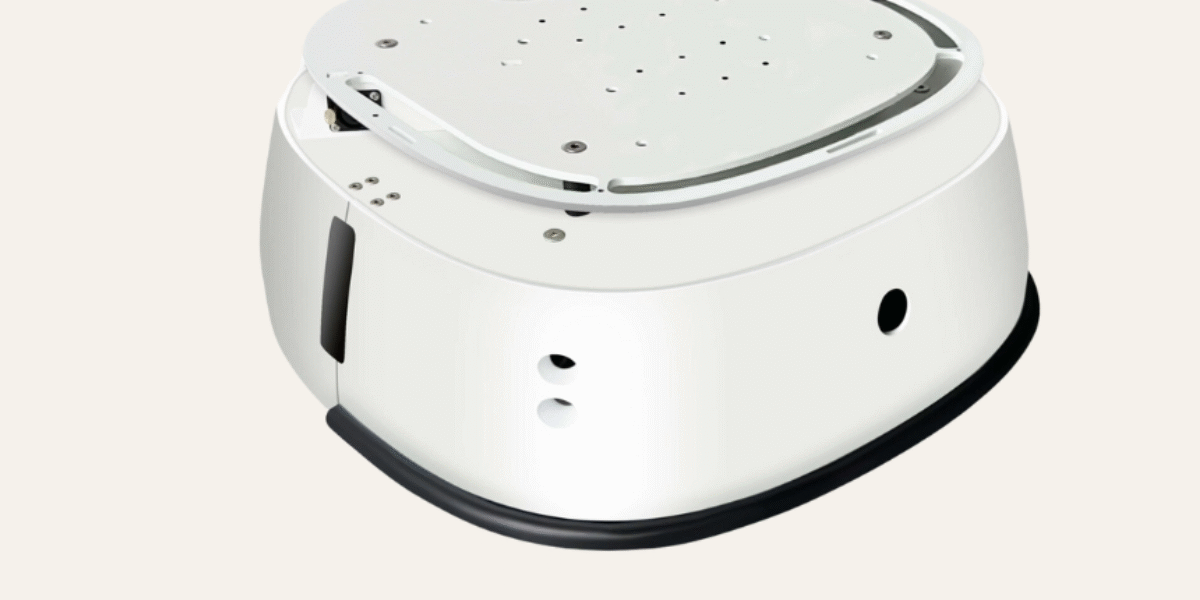When choosing a mobile robot chassis for service robots, it’s essential to consider the following factors to ensure it meets the requirements of your specific application:
1. Weight Capacity
The chassis should be capable of carrying the total load, including the robot body, sensors, and any payload it needs to transport. If the service robot is intended for delivery tasks, for example, the chassis should have a higher weight capacity to handle trays or packages efficiently.
2. Maneuverability and Terrain Compatibility
Evaluate the types of surfaces and environments where the service robot will operate. For indoor environments like hospitals, hotels, or restaurants, a chassis designed for smooth surfaces will work well. However, if the robot needs to navigate outdoor areas or uneven terrain, a more rugged chassis with suspension and large wheels might be necessary.
3. Power Efficiency and Battery Life
The chassis’s motor and power system should provide enough energy for extended use without frequent charging. Battery life is critical, especially if the service robot is expected to operate for long periods. Look for efficient motors that offer a balance between speed and energy consumption.
4. Navigation System Compatibility
Most service robots rely on SLAM (Simultaneous Localization and Mapping) navigation technology, often utilizing LiDAR, cameras, or ultrasonic sensors. The chassis should be compatible with these navigation systems, offering smooth and accurate movement.
5. Size and Dimensions
The robot’s size should match the environment where it will operate. For tight spaces or areas with narrow hallways, a compact chassis is necessary. On the other hand, larger robots may require a more substantial chassis for stability.
6. Obstacle Avoidance Capabilities
A good mobile robot chassis must have sensors or be designed to incorporate sensors for obstacle detection and avoidance. This ensures safe operation in crowded spaces such as malls, hospitals, or airports, where human-robot interaction is frequent.
7. Modularity and Customization
Choosing a modular chassis allows for flexibility in upgrading or customizing different components of the robot, such as sensors, arms, or wheels. This flexibility can extend the robot’s life and adaptability to different use cases.
Conclusion:
Selecting the right mobile robot chassis is crucial for ensuring optimal performance of service robots. Consider factors like weight capacity, terrain compatibility, power efficiency, and obstacle avoidance. For a tailored solution, CPJ ROBOT offers mobile chassis options specifically designed for various service robots, ensuring seamless integration with your navigation and sensor systems.






